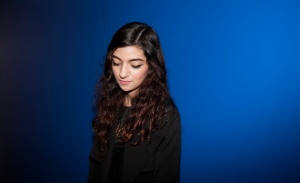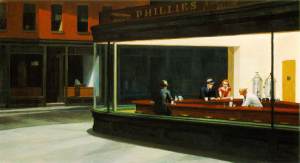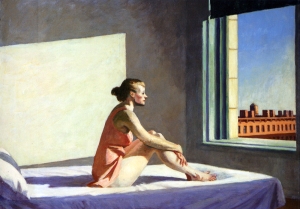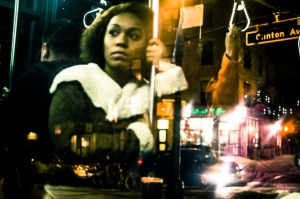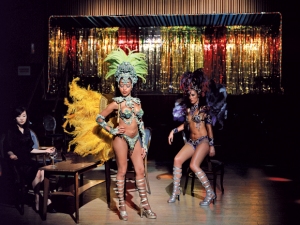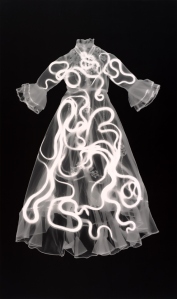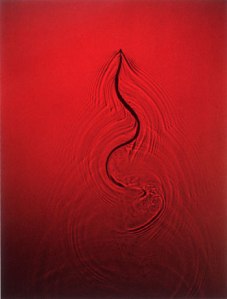As part of 152MC we had a small studio induction in which we had a list of tasks to complete to help us understand how to use the lights and give us a wider resource of information for us to draw from.
The first task was to use a Soft Box 45 degrees, 90 degrees and straight in front of the model and compare the lighting.
 In the first image it’s clear that the light is hitting the right side of lee’s face leaving the other side in shadow. I personally think this lighting isn’t very natural and the shadows on the other side of his face are too harsh. If i were to use this lighting set up in the studio I would add a reflector onto the right hand side of his face.
In the first image it’s clear that the light is hitting the right side of lee’s face leaving the other side in shadow. I personally think this lighting isn’t very natural and the shadows on the other side of his face are too harsh. If i were to use this lighting set up in the studio I would add a reflector onto the right hand side of his face.
 This image is of the soft box at a 90 degree angle and this lighting is even more harsh than the previous.
This image is of the soft box at a 90 degree angle and this lighting is even more harsh than the previous.
 This image is with the soft box placed in front of the model, and this lighting is so much more flattering and has a much more natural look.
This image is with the soft box placed in front of the model, and this lighting is so much more flattering and has a much more natural look.
The next task that we had was to place a black and white reflector on the other side of the model and move the soft box to the same points in task 1.
 This photograph was taken with the soft box at 45 degrees to the model with a black reflector on the right hand side of the model. The right hand side of the model is almost all in shadow and the light is not flattering at all. The lighting gives a somewhat evil mood to the image and almost as most of his face is in darkness.
This photograph was taken with the soft box at 45 degrees to the model with a black reflector on the right hand side of the model. The right hand side of the model is almost all in shadow and the light is not flattering at all. The lighting gives a somewhat evil mood to the image and almost as most of his face is in darkness.
 This photograph was taken with a snoot light 45 degrees to the side of the models face however the models face is almost completely in darkness which isn’t very flattering at all. If I were to use this lighting set up then a reflector would defiantly be necessary to light the rest of the face.
This photograph was taken with a snoot light 45 degrees to the side of the models face however the models face is almost completely in darkness which isn’t very flattering at all. If I were to use this lighting set up then a reflector would defiantly be necessary to light the rest of the face.
 This photograph was taken with the soft box at a 95 degree angle with a white reflector on the left hand side. The light is quite flattering in comparison to all the other lighting techniques we used. This lighting is probably the most flattering and one that i would probably most likely use for a shoot in the studio.
This photograph was taken with the soft box at a 95 degree angle with a white reflector on the left hand side. The light is quite flattering in comparison to all the other lighting techniques we used. This lighting is probably the most flattering and one that i would probably most likely use for a shoot in the studio.
 For this lighting set we used a snoot light adaptor 95 degrees to my model. The lighting is really low key, and i think makes the model look quite sinister but its also quite a difficult light to work with. This lighting set up would be very specific if i were to use it in the studio and if i were to use this lighting set up I would use a reflector on the right side of the model.
For this lighting set we used a snoot light adaptor 95 degrees to my model. The lighting is really low key, and i think makes the model look quite sinister but its also quite a difficult light to work with. This lighting set up would be very specific if i were to use it in the studio and if i were to use this lighting set up I would use a reflector on the right side of the model.
Studio workshop 1 – questions
Make a note of how different the light looks.
The three shots with the soft box at different angles created really different lighting results.The 90 degree shot made some really harsh shadows on the right side of Lee’s face, whereas the 45 degree angle created less harsh results, as more light was hitting that side, but it still created some level of shadow. The front facing lighting made him evenly lit on both sides of his face. The background becomes differently lit as well, with the two side on shots creating more background shadow and the front facing shot making the background solely one shade.
What difference do the reflectors make?
The reflectors mean that the lighting is slightly easier to manipulate because you can direct it to the areas of the photograph that need shadowing or brightening. The black reflector absorbs the light and so made the right side of Lee’s face much darker, whereas the white reflector bounced the light back and so naturally made his face lighter.
How differently does the light fall on the face of the model in comparison to the previous test?
Including a snoot made the light pool much tighter on the Lee’s face. Because the snoot acts much like a small spotlight, it means you can direct your circle of light to only a specific section on the face/portrait. The 90 degree snoot had a greater light area than the 45 degree one as it was hitting more surfaces and therefore spreading more. I like the effect, but it depends what you’re trying to achieve with the photograph on whether you would use it on it’s own. It would maybe be appropriate in the use of a little extra spot lighting here or there, or maybe silhouette effects.
What does this test add to the image?
This lighting means that you’re able to differentiate between the subjects hair and the backdrop, especially if the backdrop and hair are of similar colours/shades. It also adds an extra dimension to the image to make it look more dynamic and 3D rather than flat. You could alter the amount of light given off by taking the snoot off and creating almost a halo around their head, but it depends on what look you want to convey with your image as to whether you do this or not. Usually a smaller amount of light works better for general portraits.



